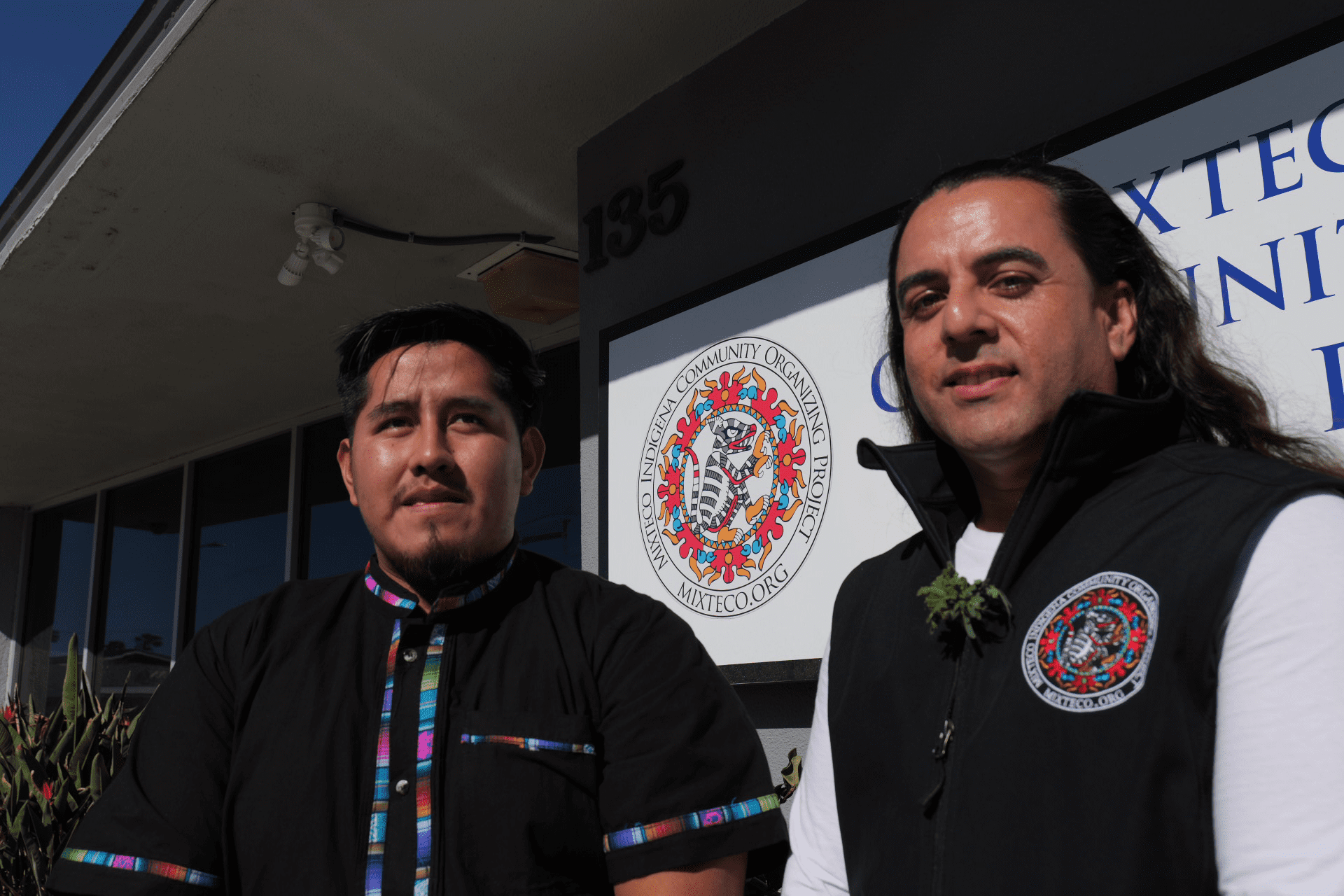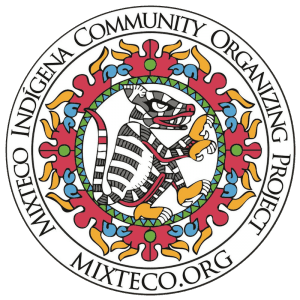How MICOP’s legal assistance program is breaking down accessibility barriers in the immigration legal system.

By: Miguel Hernandez
(Listen to our audio in Spanish and Mixteco, Guadalupe Nundaca Variant 7 min)
For many indigenous migrants, obtaining legal status to work and live in the United States is one of the biggest challenges. Adding to the complicated American immigration system, language barriers prevent indigenous communities from learning more about their rights. Above linguistic barriers, indigenous communities are also affected by accessibility barriers and lack of resources to obtain legal services, thus creating systematic oppression within indigenous migrant communities. This is where the Legal Assistance Program of the Mixteco Indigenous Project, MILA (for its acronym in English), has created a point of divergence on this issue. MILA was created in 2018, and since then, this program has fought daily to raise the standards of how to help this community with immigration legal services.
MILA offers immigration services and resources in the Mixtec, Spanish, and English languages completely free of charge. One of the obstacles MILA faced was finding an attorney with experience in immigration and family law. But with the integration of new attorney Joseph Belmont, MILA hopes to expand its capacity to handle new cases of juvenile immigrants.
Attorney Joseph Belmont, who was born in Oxnard, shares that his motivation to help the community comes from his experiences as a child seeing indigenous communities struggle to understand the legal process.
Belmont comments, “The most difficult thing about my job as a MILA lawyer is not being able to help everyone. Our immigration system in this country needs a lot of changes, and sometimes, it is very painful to look at a person who needs help and say that there is nothing we can do for them.
Another member of the MILA program is Fernando Hernández, who is originally from San Martín Peras, Oaxaca, and is now an accredited legal representative by the Department of Justice. In an interview with Hernández, he comments that MILA has helped him develop his knowledge of immigration laws, but ultimately, he is grateful to be able to be part of a program as important to the community as MILA.
Hernández comments, “What differentiates MILA or the Mixteco project from some other organizations is that we do everything possible so that members of the community can obtain help in legal immigration processes, but also that they can obtain it in their own language. We understand that our community is going to have a significant challenge learning about their rights when migrating to a different place, and even more so if, unfortunately, the system is in another language that the community does not understand. I never thought that being able to speak my native language would open so many doors for me, and even more so that I could offer this support to my community.”
MILA has grown from making appointments just one day a week to offering services five days a week in Oxnard and Santa Maria and wants to start another program in Paso Robles.
Hernandez also shares: “We have had clients who have come to us, where they express that their lawyers do not provide them with interpreters, and if they do, the family has to pay for the interpreter service, or that they have to bring their own interpreters, which for me is very unfortunate. We would like the community to know that we are here to provide assistance with questions related to immigration, with free assistance, and we try to do so at the person’s comfort; we offer services in their preferred language.”
In addition, MILA anticipates that by 2024, the number of people it can help could triple if the cases of these people are classified with the status of SIJS. Special Immigrant Juvenile Status (SIJS) is an immigration classification available to certain undocumented immigrants under the age of 21 who have been abused, neglected, or abandoned by one or both parents. SIJS is a way for immigrants under the age of twenty-one to apply for and obtain legal permanent residency in the United States.
In conclusion, MILA is a light of hope for the migrant indigenous community and will continue to provide its resources for the community. MILA hopes that the migrant indigenous community will lose the fear of accessing its resources, that they will know more about their rights, and that they will become even closer to the program.
